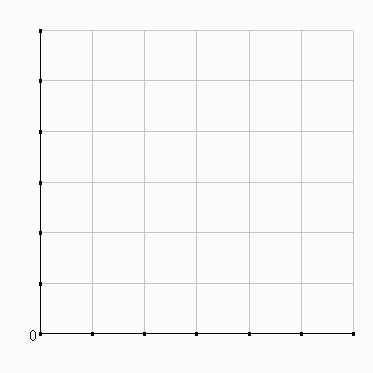| Ex: Own-price elasticity of
demand:
DQd/avgQd We use avgQ and avgP so we get the same percentage answers
whether P rises or falls. Consider D with two points: |
 |
|
Monday, January 28, 2013 |
I. Review of markets
B. Elasticity (e)
Learning objectives: Calculate and interpret elasticity values. Use own-price elasticity of demand (e) to predict how total expenditure (TE) responds to price changes.
Recall: Sometimes it is not enough to know the direction in which Qd or Qs changes as a result of some shock to an equilibrium.
Sometimes we want to measure how much Qd or Qs changes--i.e., responsiveness
Elasticity does this.
The general formula for market elasticities (e):
%DQ
e = ---------
%DX
where X=something which influences Q, such as price (P)
Example:
What influences the quantity demanded of movie tickets?
Price
--> own-price elasticity of demand
Income --=>
income elasticity of demand
Tastes (genre, MPAA rating, reviews,
advertising, previews)
Prices of related goods
--> cross-price elasticity of demand
Substitutes:
Video on demand
Complements:
Popcorn
Larger elasticity => greater responsiveness
(1) Real world relevance: direction vs. size of change in Qd.
(2) Percentages are the key
Across goods: $2
change in price of Asahi vs. Mazda
Over time: $400 change in PC
prices now compared to 10 years ago
1. How to calculate elasticity
See handout: Elasticity formulas
a. Arc elasticity (eARC)
Measures the average elasticity between two points.
| Ex: Own-price elasticity of
demand:
DQd/avgQd We use avgQ and avgP so we get the same percentage answers
whether P rises or falls. Consider D with two points: |
 |
b. Point elasticity (e)
Measures the exact elasticity at a given point.
Ex: own-price point elasticity of demand:
| %DQd | DQd/Qd | DQd | P | P | ||||||
| e = | -------- | = | ----------- | = | ------ | · | ---- | = | dQd/dP · | ---- |
| %DP | DP/P | DP | Qd | Qd |
where, at the point (Qd,P):
dQd/dP = "the derivative of Qd with respect to price" and
P/Qd = the ratio of P to Qd.
point e = |dQd/dP · P/Qd|
Since dQd/dP is negative by law of demand, e < 0.
By convention, we often drop the sign on own-price elasticity of
demand, or talk only about its size (I do that, text doesn't).
I don't care which you use
Example 1: Linear demand
Geometry and calculations (Excel)
|
Qd = a - bP => dQd/dP = -b => (dropping the sign on b)
? What are the elasticities at the following points on the demand curve?
|
 |